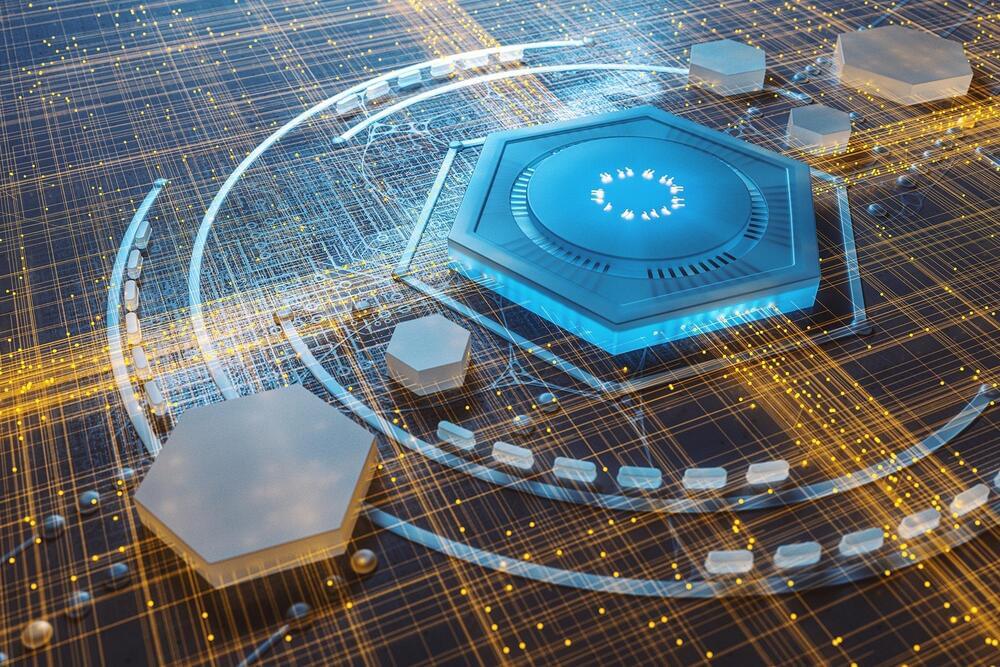The bigger a quantum battery, the faster it charges.
Quantum batteries have the potential to store energy in a new class of compact, powerful devices that could boost our uptake of renewable energies and massively reduce our reliance on fossil fuels.
Now, an international group of scientists has taken an important step towards making these batteries a reality. According to a press statement from the University of Adelaide, the team has proved the crucial concept of superabsorption for the first time.
What is superabsorption? Through a series of lab tests, the team successfully proved the concept of superabsorption, a phenomenon of quantum mechanics with potentially vast implications in the fields of quantum computing and energy storage. Superabsorption, like many other quantum quirks, makes the seemingly impossible possible via subtle manipulation of molecules on the quantum scale.
Full Story:






